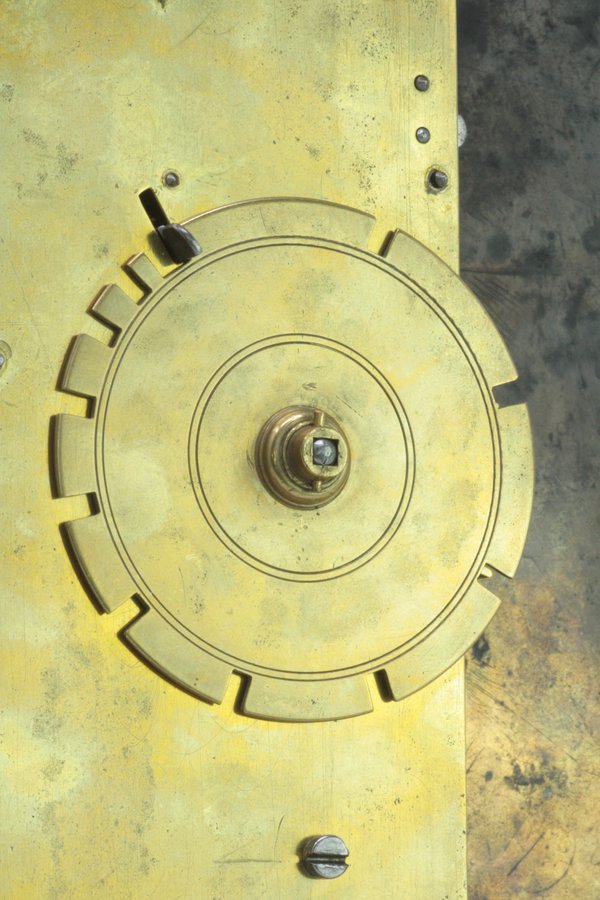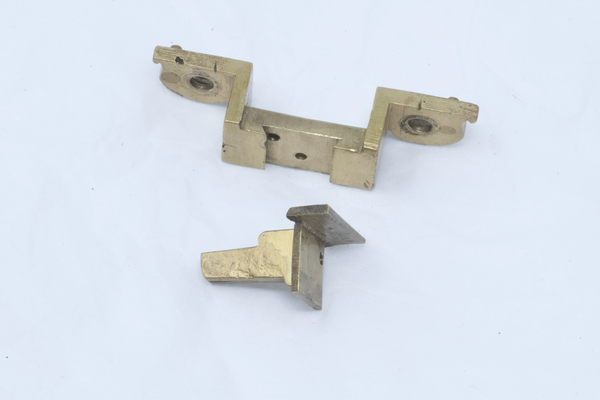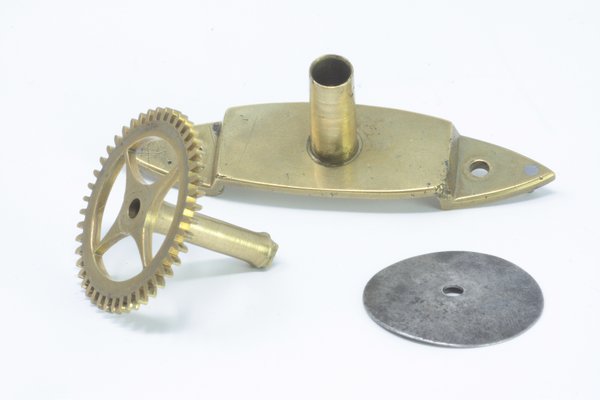Was there high-quality, wholesale, clock movement manufacture in seventeenth-century London?
This post was written by James Nye
There is a fascinating article in the latest edition of Antiquarian Horology, just starting to arrive through people’s letterboxes, setting out a remarkable research question which cries out for some crowdsourcing of data—hence this blog post. For those who don’t receive a physical journal, the editor has conveniently made it the sample article for this quarter. You can download it here.
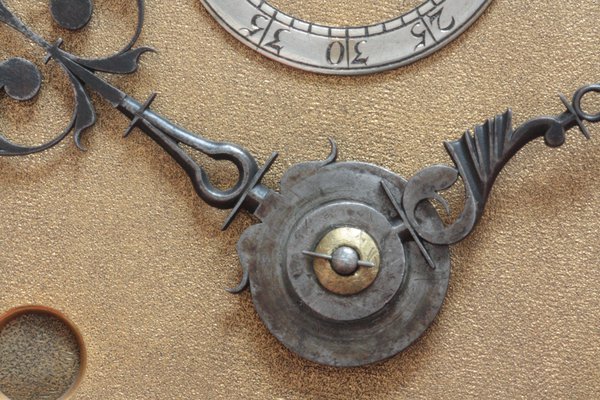
Put simply, it is suggested a range of prominent makers (or perhaps retailers) bought in largely finished movements from a single source, and arranged for their casing/signature/final finishing.
This is clearly a very well-understood practice in the watch world from a relatively early date, and was certainly common practice in the clock world later on. For example, Thwaites produced movements for a wide range of other clockmakers and clockmaking firms, and on a large scale.
The question remains, how early did this standard practice emerge, and is there sufficient physical evidence to allow us to draw firm conclusions?
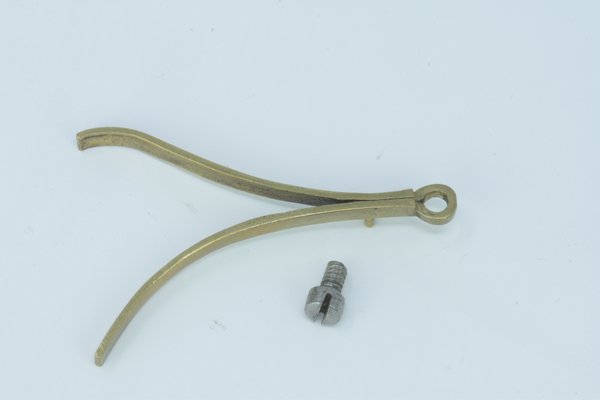
The key element is that Jon’s piece is a call to arms! More data is needed. And it is not difficult to look for it. This is a massively worthwhile project to support, and whatever the outcome, if you can supply data you can play a part in improving our understanding of clockmaking practice in London in the period 1660–1720. Please do get involved!
